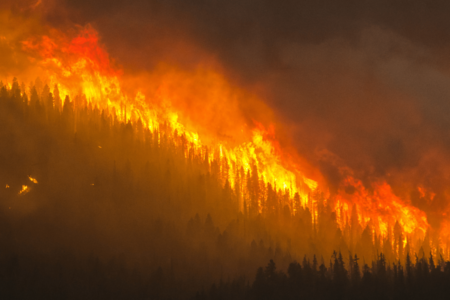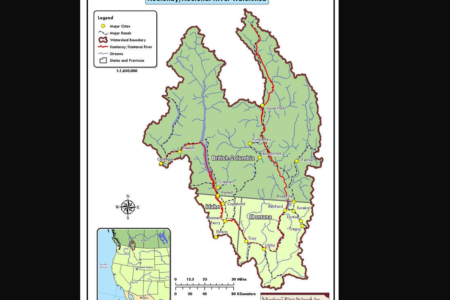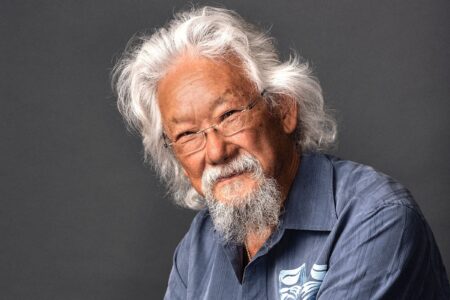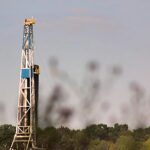More clues about the Big One
A new study just published in Nature Geoscience indicates the depth of the fault between the two tectonic plates forming the Earth’s surface in the Pacific Northwest is seven kilometres deeper than previously proposed.
Simon Fraser University earth scientist Andy Calvert, the study’s lead author, says he and his colleagues aren’t sure what to make of the discovery.
But he speculates it may mean part of the fault’s locked zone — where a megathrust earthquake can occur — could be beneath the Olympic Peninsula.
Calvert’s team studied a 200-kilometre section of a fault formed by the subduction of the oceanic Juan de Fuca plate under the continental North America plate. In this region, the two plates are converging by four centimetres annually.
The section runs north-south from Victoria on Vancouver Island to southern Washington state. Scientists call it a transient slip zone because the fault between two plates slips gradually every 14 months or so.
This gradual slip takes place over a two-week period and triggers tremors that are so small people don’t notice them.
In this study the slowly slipping section of the fault beneath Washington state was found to be 27 to 42 kilometres deep instead of 25 to 35.
Using sound from compressed air sources in the ocean and small nearby earthquakes, Calvert and his colleagues determined how long it took seismic waves to propagate through the Earth. This told them there is a lot of sedimentary rock in the fault beneath Washington state.
A future megathrust earthquake, measuring 9.0 on the Richter scale, will occur somewhere off the coasts of B.C., Washington state and California.
That is where the Juan de Fuca and North America plates are locked and are known to slip every 500 to 600 years. The last such earthquake was in 1700.
“Changes in rock type also influence the amount of slip on the fault, which determines the size of the earthquake,” explains Calvert. “Some changes in rock type may halt the slip on the fault, others may facilitate the slip. For example, in the 2004 Sumatra megathrust earthquake the fault started to slip in the south and didn’t stop until it was 1,200 kilometres north, three minutes later, which was why the earthquake was so large.”
The Big One
SFU earth scientist Andrew Calvert says more studies are needed to determine how changes in rock properties influence the location of earthquakes before the magnitude and location of future ones can be predicted.
He notes the eastern edge of the locked zone may be located where tremors occur, for example beneath the Olympic Peninsula.
Determining exactly where the fault is locked is critical to estimating the size of a future megathrust earthquake. Slip in the transient zone can put pressure on the eastern or landward boundary of the locked zone and trigger the Big One.
























